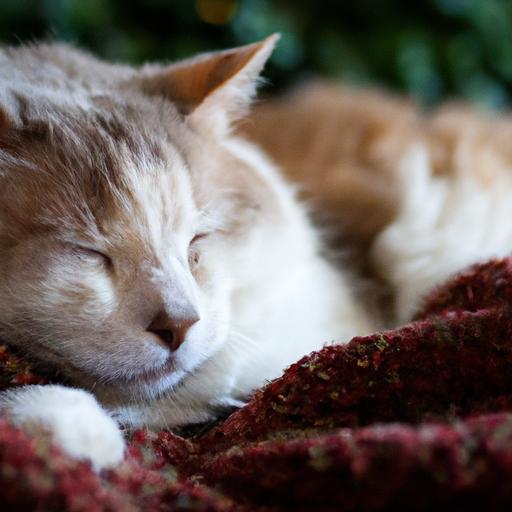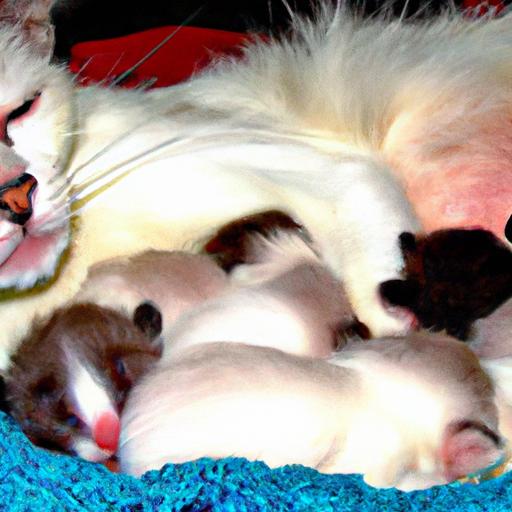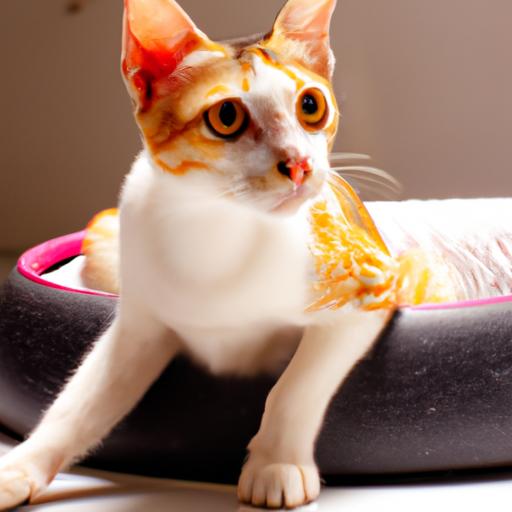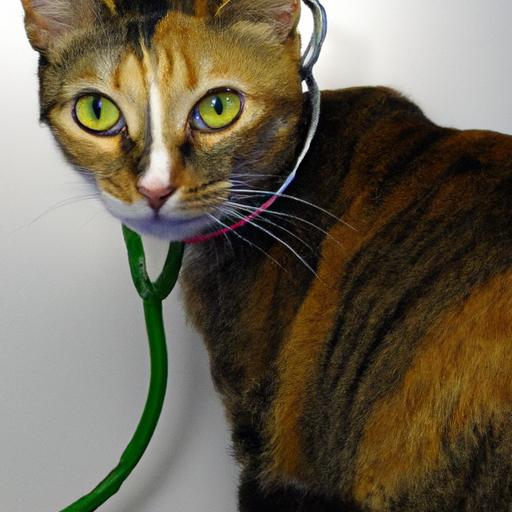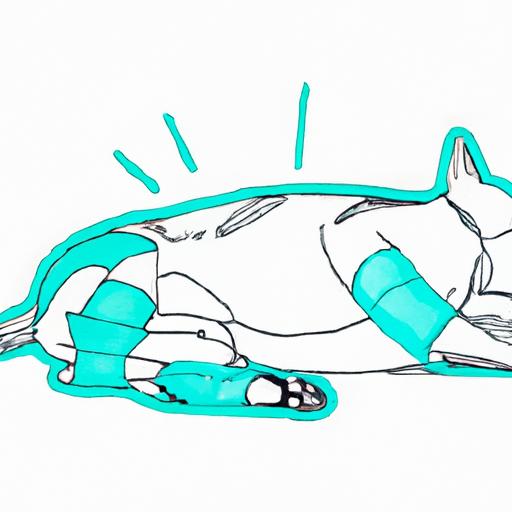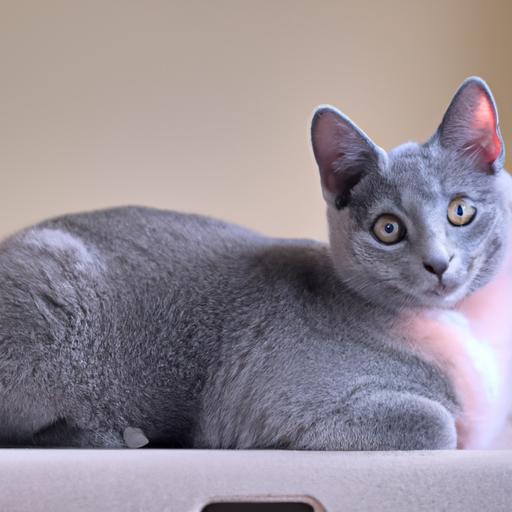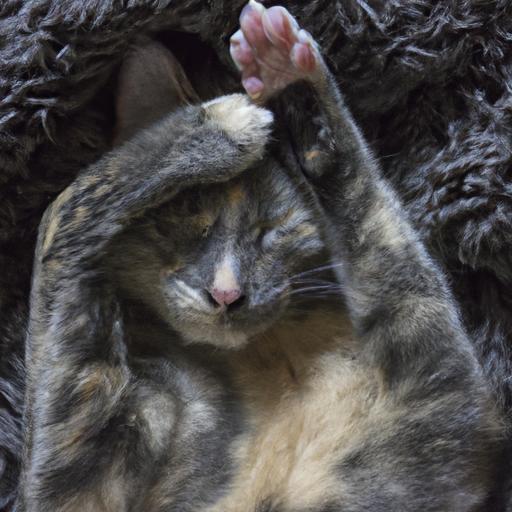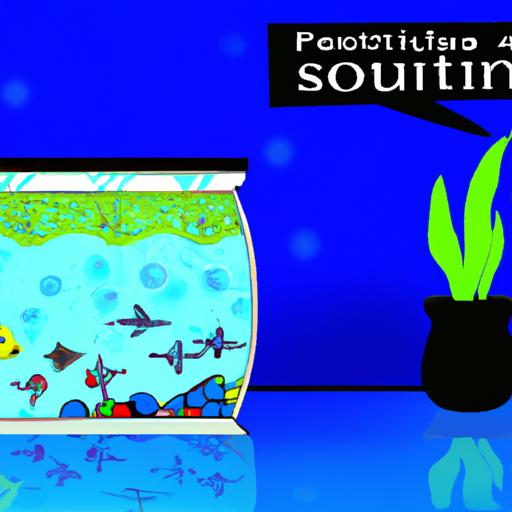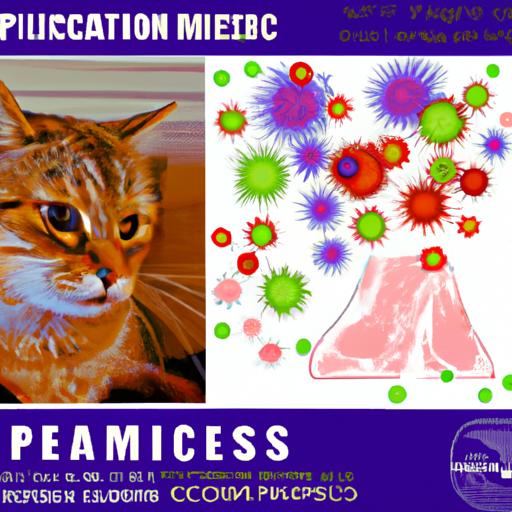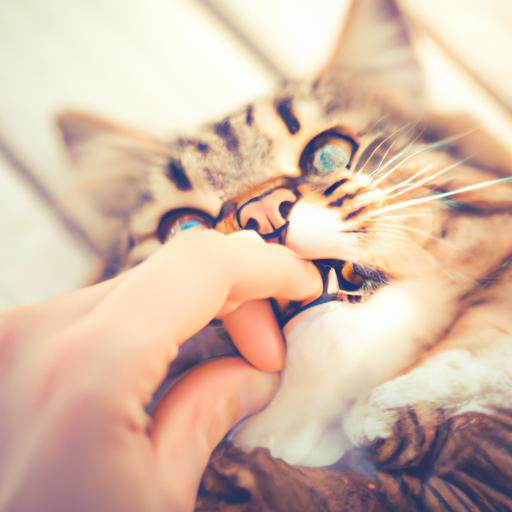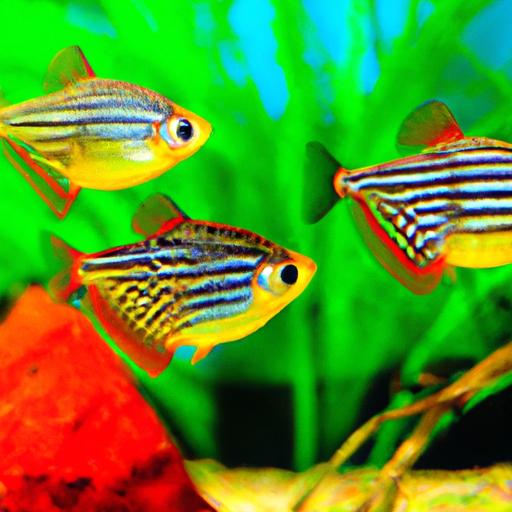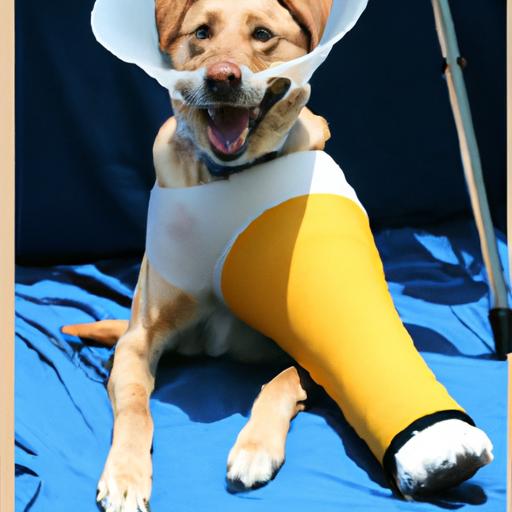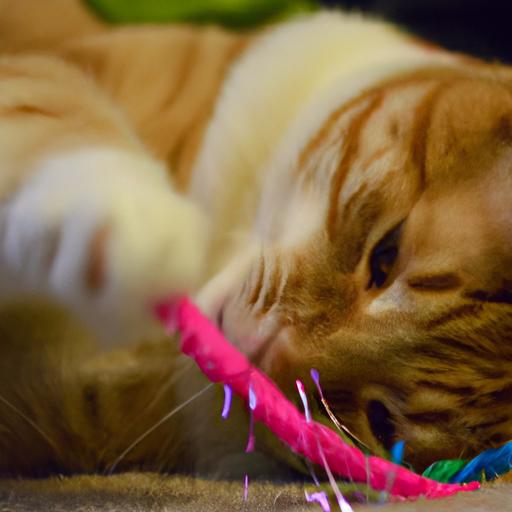
Recognizing Signs of Feline Hypereosinophilic Syndrome
Learn how to identify the signs of Feline Hypereosinophilic Syndrome in cats. Recognize symptoms early for prompt veterinary care. Read more here.
Introduction to Feline Hypereosinophilic Syndrome
Feline Hypereosinophilic Syndrome is a condition that affects cats and can have serious health implications if left undiagnosed and untreated. It is essential for cat owners to be aware of the signs and symptoms associated with this syndrome in order to seek prompt veterinary care. In this article, we will explore the key indicators of Feline Hypereosinophilic Syndrome and provide valuable insights for recognizing and understanding this condition.
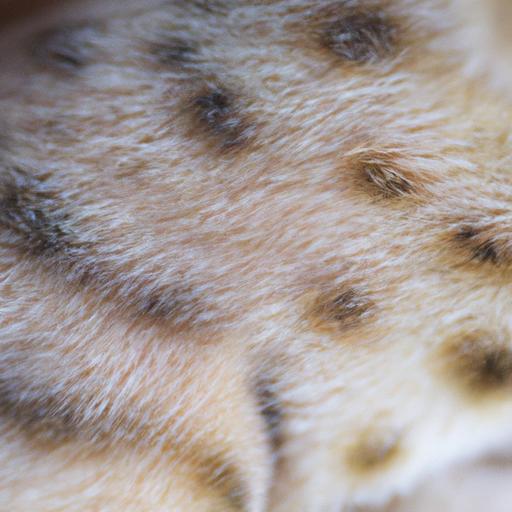
Recognizing Signs of Feline Hypereosinophilic Syndrome
Cats with Feline Hypereosinophilic Syndrome may exhibit various symptoms and behaviors that can help identify the presence of the condition. It is crucial to pay attention to any changes in your cat’s physical appearance, behavior, or overall well-being. Here are some common signs to watch for:
Skin Lesions and Irritation
One of the telltale signs of Feline Hypereosinophilic Syndrome is the presence of skin lesions or irritations. Cats affected by this condition may develop sores, ulcers, or scabs on their skin. It is important to note that these skin issues are often accompanied by intense itching and scratching.
Gastrointestinal Disturbances
Feline Hypereosinophilic Syndrome can also affect the gastrointestinal system of cats. Look out for symptoms such as vomiting, diarrhea, or constipation. Cats may also experience a diminished appetite or show signs of discomfort while eating.
Respiratory Problems
Respiratory issues can be another indication of Feline Hypereosinophilic Syndrome. Cats may develop coughing, wheezing, or difficulty breathing. These symptoms should not be ignored, as they can signify underlying health problems.
Behavioral Changes
Changes in behavior can often be observed in cats with Feline Hypereosinophilic Syndrome. Keep an eye out for signs of lethargy or decreased activity levels. Cats may also become more aggressive or display unusual mood swings.
Frequently Asked Questions (FAQ) about Feline Hypereosinophilic Syndrome
What causes Feline Hypereosinophilic Syndrome?
Feline Hypereosinophilic Syndrome is believed to be caused by an abnormal immune system response. However, the exact triggers or underlying factors are not yet fully understood. Research suggests that genetic predisposition may play a role, but more studies are needed to determine the precise cause.
How is Feline Hypereosinophilic Syndrome diagnosed?
Diagnosing Feline Hypereosinophilic Syndrome requires a thorough examination by a veterinarian. The vet may conduct blood tests, skin biopsies, or imaging scans to evaluate the cat’s condition. It is crucial to consult with a professional to ensure an accurate diagnosis.
Can Feline Hypereosinophilic Syndrome be treated or managed?
Yes, Feline Hypereosinophilic Syndrome can be treated or managed, depending on the severity of the condition. Treatment options vary and may include medications to control inflammation, immune-suppressing drugs, or dietary changes. However, each case is unique, and the treatment approach should be determined by a veterinarian.
Are there any preventive measures to reduce the risk of Feline Hypereosinophilic Syndrome?
As the causes of Feline Hypereosinophilic Syndrome are not fully understood, there are no specific preventive measures. However, maintaining a healthy lifestyle for your cat, providing a balanced diet, regular veterinary check-ups, and minimizing exposure to potential allergens may help promote overall well-being and potentially reduce the risk of certain health conditions.
Conclusion
Recognizing the signs of Feline Hypereosinophilic Syndrome is crucial for the well-being of your cat. Early detection and prompt veterinary care are essential to ensure the best possible outcome. If you notice any unusual symptoms, skin irritations, gastrointestinal disturbances, respiratory problems, or behavioral changes in your cat, consult a veterinarian for a thorough examination. By being vigilant and proactive, you can help your feline companion lead a happy and healthy life.
Remember, your cat’s health should always be a priority, and staying informed about conditions like Feline Hypereosinophilic Syndrome empowers you to provide the best care possible.


